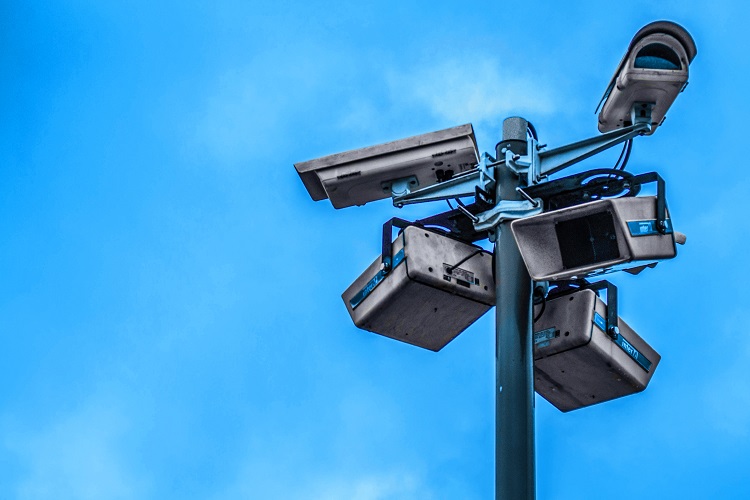When we talk about sensor data, Daan Corver explains, we are simply talking about data mined with sensors in public space. By governments, market parties or individual citizens. One can think of cameras and sensors that measure air quality or noise values. But also WiFi tracking. The increase in the use of sensor data raises questions for many lawyers and civil servants. Reason for Pels Rijcken to take the lead to exchange views together during the conference Insight into Digitization. Daan Corver mainly discusses the role the government can play around the collection and use of sensor data, assisted by Meine Dijkstra.

Authors: Daan corver, Meine Dijkstra
One of the most appealing examples is the use of sensors in the Stratumseind nightlife area in Eindhoven. By linking various data sets collected there, the municipality can measure the atmosphere in the nightlife area. If it then appears that there is reason to do so, the municipality and parties involved can respond efficiently to guarantee safety.
Much data is already available, including in existing registers, basic records and administrations. More and more data is being added, including, increasingly, sensor data. This sensor data is not by definition personal data, but by linking data sets it can happen that the same previously anonymous data is de-anonymized, as a result of which one has to deal with personal data. And as we know, personal data is subject to strict AVG legislation, which creates a much more complex legal - and political-administrative - discussion.
The government can assign itself several roles when it comes to sensor data. First, of course, the government is public advocate and regulator, which is expected to oversee the proper handling of citizen privacy. Then there is the role of regulator and enforcer. No longer just of applicable rules, including those regarding the collection and use of data, but increasingly on the basis of collected data.
Other conceivable roles that come to mind are those of service provider ("that too can be based on collected data"), financier, contracting party, purchaser of services and ("smart") goods, innovator and facilitator of or stimulator of innovation. Depending on the different roles that government has and claims, the interests that are promoted from those roles and the "values" that are pursued, it has different tools at its disposal.
The legal options for governments to regulate sensor data can be broadly divided into public and private law instruments, the former being regulations and policy rules and the latter being contracts and general conditions. Perhaps less obvious instruments are subsidy requirements and so-called non-enforceable soft law,such as hallmarks or the Open Data Principles initiated by Amsterdam and Eindhoven. Through procurement policies and subsidy requirements, for example, governments can ensure that companies do not qualify if they cannot guarantee the security of data in accordance with a certain recognized standard. Or that they contribute to creating an ecosystem for innovation by making collected data available to others.
Meine Dijkstra hooks into this with a recent tender process of telephone services in Germany. When it became known several years ago that Chancellor Angela Merkel had been tapped by U.S. security services, Verizon had to withdraw from the tender because it could not guarantee that data would not be shared with U.S. security services under the Patriot Act.
For that matter, a government can also proceed with deregulation, if this benefits innovation, or provide room for self-regulation. For all instruments, the interpretation will ultimately depend on the role from which the government deploys them and the interests promoted from that role and the "values" being pursued.
The choice of instrument is often the culmination of a long decision-making process. Many choices have to be made on the front end, and one can also ask whether things might be simpler. If sensors are not necessary, that already saves a lot of headaches. After all, one does not have to be innovative purely for the sake of being innovative. After all, how do you arrive at "goal binding" without necessity and clear purpose?
This article can also be found in the files Internet of Things and Big Data
More articles by Pels Rijcken

